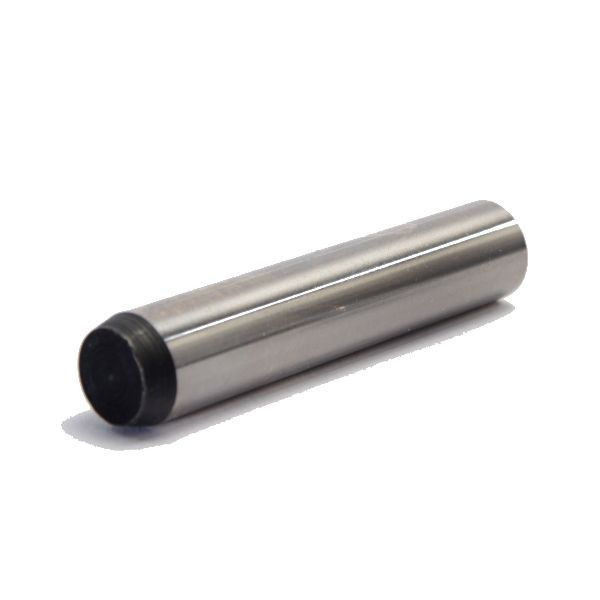What Are Dowels And Why You Should Care
- C.Hutchison
- Aug 5, 2019
- 2 min read
Dowels, they are used everywhere in the manufacturing industry, especially in jigs, fixtures and tooling. Although they are often overlooked as just another piece in a very large puzzle they play the most important role, maintaining accuracy of placement for every single component within the fixture.
All of the dowels are machined ground for dimensional accuracy, they are made to be 0.0002" over-sized from the standard diameter and must be press fitted into a reamed hole in one of the mating components. There are also over-sized dowels available in the case of a machining error or from the removal of a broken dowel, these dowels are machine ground to be 0.0010" over the standard dimension.
All dowels called for in our tooling are made of steel and are hardened. There are very strict regulations set by The American Society of Mechanical Engineers (ASME) for what the minimum hardening strength for both the core and case hardness of a dowel must be. Referring to ASME B 18.8.2, hardened ground machine dowel pins must have a core hardness of RC 47-58 and a minimum case hardness of RC 60.
Although there is a large array of different kinds of dowels for many different operations and locations, today I will be only focusing on the two kinds that are most often used by HMD Technology and that are called for within our customers fixture standards.
The first dowel that I'll introduce is the most basic of all, the standard "Precision" dowel. When an individual imagines what a dowel looks like this is probably the one that is imagined.

A standard dowel is typically cylindrical in shape with a chamfer on the ends. The price of these dowels tend to be on the lower end of the scale compared to others as they are the most common and have no special manufacturing operations to produce. These dowels are most commonly used in a through hole operation. To remove one of these dowels from a components an individual must use a punch and hammer in the back of the through hole or drilling the broken pieces out.
The second dowel that I'll give a brief overview of is a Pull-out dowel. This dowel shares alot in common with the standard dowel in ways of the cylindrical shape as well as the chamfers on the ends. The most significant difference between the two is the addition of an internal thread with allows for the maintenance crew to easily remove a dowel by inserting a threaded rod and using a slide hammer.

When designing a hole pattern layout for our fixture components HMD Technology always follows the NAAMS dimensional layout as well have a minimum of two dowels for every single component mating surface. This stops any part from unintentionally rotating or sliding so that our designated datum locations stay exactly where intended.

In the future we will explain the differences of some specialty dowels that get used in very special circumstances such as operations and environments. Stay tuned to HMD Technology's blog for some more upcoming articles. Contact us today to discuss your current and future projects.



Comments